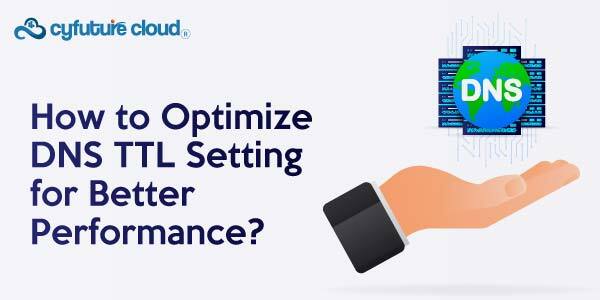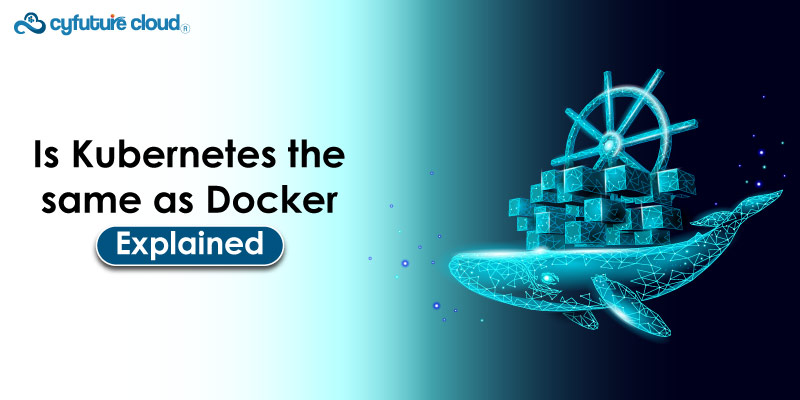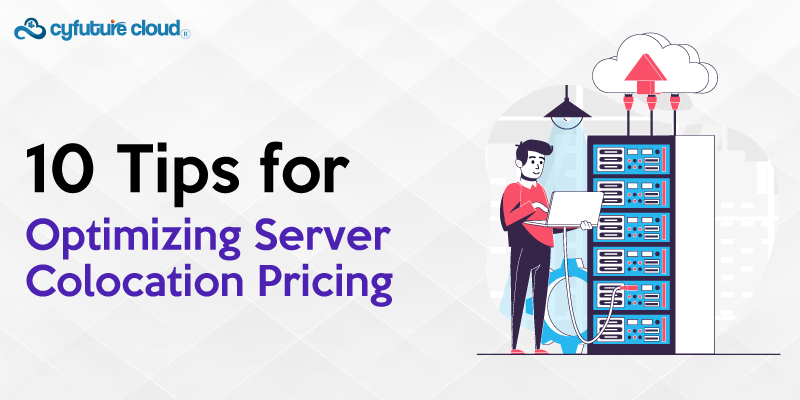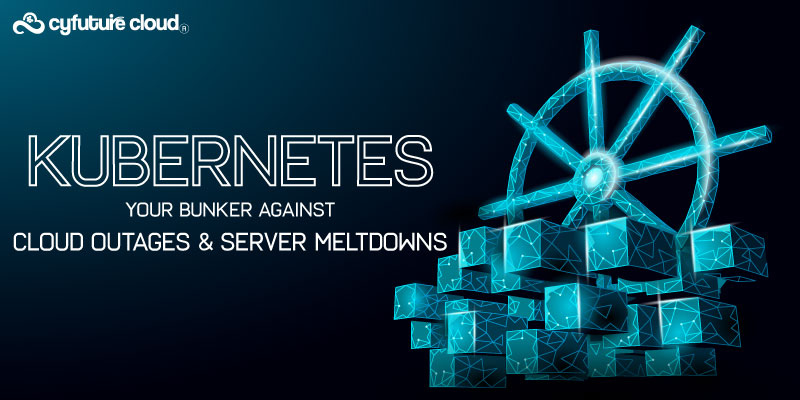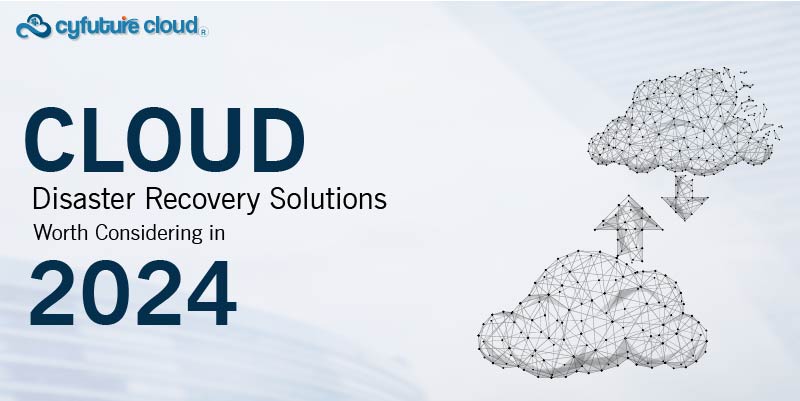Table of Contents
These days the rise of data volume in IT systems is massive, due to which businesses need to do intelligent monitoring, services, knowledge, and analysis tools because, in the absence of this, businesses might miss significant events, alerts, opportunities, and downtime. However, organizations must ensure that IT operations run as smoothly and efficiently to make it possible; a new category of IT operations tool has emerged called AIOps.
According to the Analytics Insight forecasts, the global AIOps Market is projected at a CAGR of 43.7% from 2020 to 2025. The estimated growth of the AIOps Market is rising from US$ 510.12 million in 2019 to US$ 3127.44 million in 2025.
For in-depth detail about AIOps, keep reading this intuitive guide.
What is AIOps?
The practice of applying analytics and machine learning to big data to automate and improve IT operations is known as artificial intelligence for IT operations (AIOps). AI operational workflows (AIOPs) are all about automating and streamlining operational workflows using AI application capabilities, such as machine learning models and natural language processing (NLP).
To make the work smarter and faster, AIOps also help in DevOps. So that organizations may identify digital problems very early and fix them before they have an impact on operations and clients.
AIOps uses massive data sets to formulate machines to perform repetitive operations tasks in semi-supervised ways. For example – continuous integration, deployment, delivery, and monitoring. It lets organizations operate faster than advanced business needs and deliver a stellar CX.
Why are AIOps Important for Businesses of the Future?
IT teams contribute significantly to improving business outcomes by innovating important digital transformation projects, providing enhanced user and customer experiences, and assuring uptime.
However, in the current scenario, IT Ops need to deal with the following issues:
Rising complexity
It is challenging to evaluate data across layers due to the modern IT landscape’s combination of old systems, including on-premises mainframes and distributed systems, and new technologies, like containers, cloud, virtual, and software-defined components.
Rise in alerts
A growing number of monitoring systems for various technologies result in a massive amount of false and redundant alarms. This makes operations more complicated and makes it take longer to determine the underlying cause of problems across systems and domains.
Improved Reliability and Availability
DevOps, SRE, and IT Ops teams may discover incidents early thanks to AIOps technologies, allowing them to address issues before they impact consumers.
Reduced Operating Costs
While there are many ways that AIOps solutions might save expenses, one significant and challenging one is expanding the workforce. Manual incident management could be done more quickly but requires a lot of time.
The problem is being addressed by organisations by increasing employees as complexity and data volumes increase. AIOps offers problem-solving insights, substantially reduces the volume of alerts, and automates operations. By doing this, firms may reduce the amount of escalations and downtime while increasing productivity and maintaining a steady staff.
Dynamic systems
The proliferation of containerized apps and microservices has significantly increased complexity in recent years due to the dynamic nature of operations.
Increased productivity and satisfaction of employees
As a result of pager exhaustion and ongoing firefighting, employees grow weary. They are put under prolonged stress and their focus is diverted from the activities that advance the business. AIOps, which automates various monotonous and repetitive tasks so that workers can concentrate on what is important and interesting, increases employee happiness.
Data deluges
The amount of data that needs to be handled, correlated, and evaluated constantly expands substantially in volume, variety, and pace.
To deal with such complexities, IT professionals adopt the AIOps platform.
How do AIOps Work?
To get the most out of an AIOps solution, an organisation should use it as a platform that is independent and gathers data from all sources of IT monitoring. Such a platform should be powered by five algorithms that automate and streamline essential components of IT operations monitoring.
- Data selection is removing components that point to a problem from a large volume of extremely redundant and noisy data produced by current IT setups.
- Identification of patterns: Correlating and identifying connections between the chosen data items, then grouping them for additional analysis.
- Identifying the underlying causes of persistent issues so that corrective action can be taken.
- Collaboration alerts pertinent teams and operators and promotes cooperation among them.
- Automation: Using automation to speed up and improve reaction and cleanup.
AIOps solutions isolate the pertinent data from the dataset by removing noise and duplication. The pertinent data is then sorted and correlated based on different criteria, including text, time, and topology. Then, by seeing patterns in the data, AIOPS establishes which data items represent causes and which data items represent events. By doing this, duplication of effort and the number of alerts the operations team must manage are considerably reduced.
The platform transmits the findings of this analysis to a virtual workspace for cooperation, where all pertinent information is available to all parties involved in handling the issue. The virtual team can then choose automated answers and decide on speedy solutions to handle incidents.
Use Cases of AIOps
In several day-to-day essential tasks, IT professionals use AIOps. Some common ways that AIOps solutions are used every day include:
- Anomaly detection
- Event correlation
- Intelligent alerting
- Automated remediation
- Performance modeling
- Root cause analysis
- Cohort analysis
Benefits of AIOps
IT organisations are given the tools and insights they need to transform IT from being a cost centre to a true partner to the business without having to upgrade and integrate existing IT operations tools and data, deploy a machine learning solution, and hire a sizeable additional staff, all of which would be financially unfeasible.
Provides IT leaders with full, current insight into their entire IT operations estate, including both on-premises and cloud-based operations
As establishing and sustaining the business’s trust in IT is one of the IT organization’s top priorities, it is essential that it can maintain the systems and applications the firm depends on.
Enables IT to swiftly identify and resolve the underlying causes of service health concerns.
Application failures are the single biggest threat to IT users’ trust. With AIOps, IT can find possible issues early on and resolve them before they become major difficulties, preventing surprises when a crucial application or infrastructure goes down.
It helps IT leaders make the most of their software and cloud investments to provide what the company wants when it needs it.
Investing money in technology to help the company is similar to the Goldilocks dilemma: too little and the company will only be able to develop and compete; too much money will be wasted that could be used more effectively.
From reactive to proactive to predictive management,
ITOps teams may offer alerts that let IT teams handle possible issues before they result in slowdowns and outages and take automated preventive actions to reduce any potential risks by combining the power of AI and automation.
Faster Mean Time to Resolution (MTTR)
By sifting through the noise of IT operations and combining operations data from many IT settings, AIOps can discover fundamental causes and make solutions suggestions faster and more accurately than humans. AIOPs dramatically enhance all crucial ITOps metrics, including MTTR, MTTD (Mean Time To Detect), MTBI, etc.
Conclusion
If you work in IT or networking, you’ve probably heard countless times how data is your company’s most valuable asset and how big data will change everything. AIOps offers a practical solution to turn the buzz surrounding AI and big data into reality. AI is a revolution that is here to stay.
AIOps is a realistic, widely available solution to help you expand and extend your IT operations to address future challenges, securing IT’s place as a strategic enabler of business growth. AIOps can improve security, streamline operations, and increase productivity.
Send this to a friend

 Server Colocation
Server Colocation CDN Network
CDN Network Linux Cloud Hosting
Linux Cloud Hosting Kubernetes
Kubernetes Pricing Calculator
Pricing Calculator
 Power
Power
 Utilities
Utilities VMware Private Cloud
VMware Private Cloud VMware on AWS
VMware on AWS VMware on Azure
VMware on Azure Service Level Agreement
Service Level Agreement 




